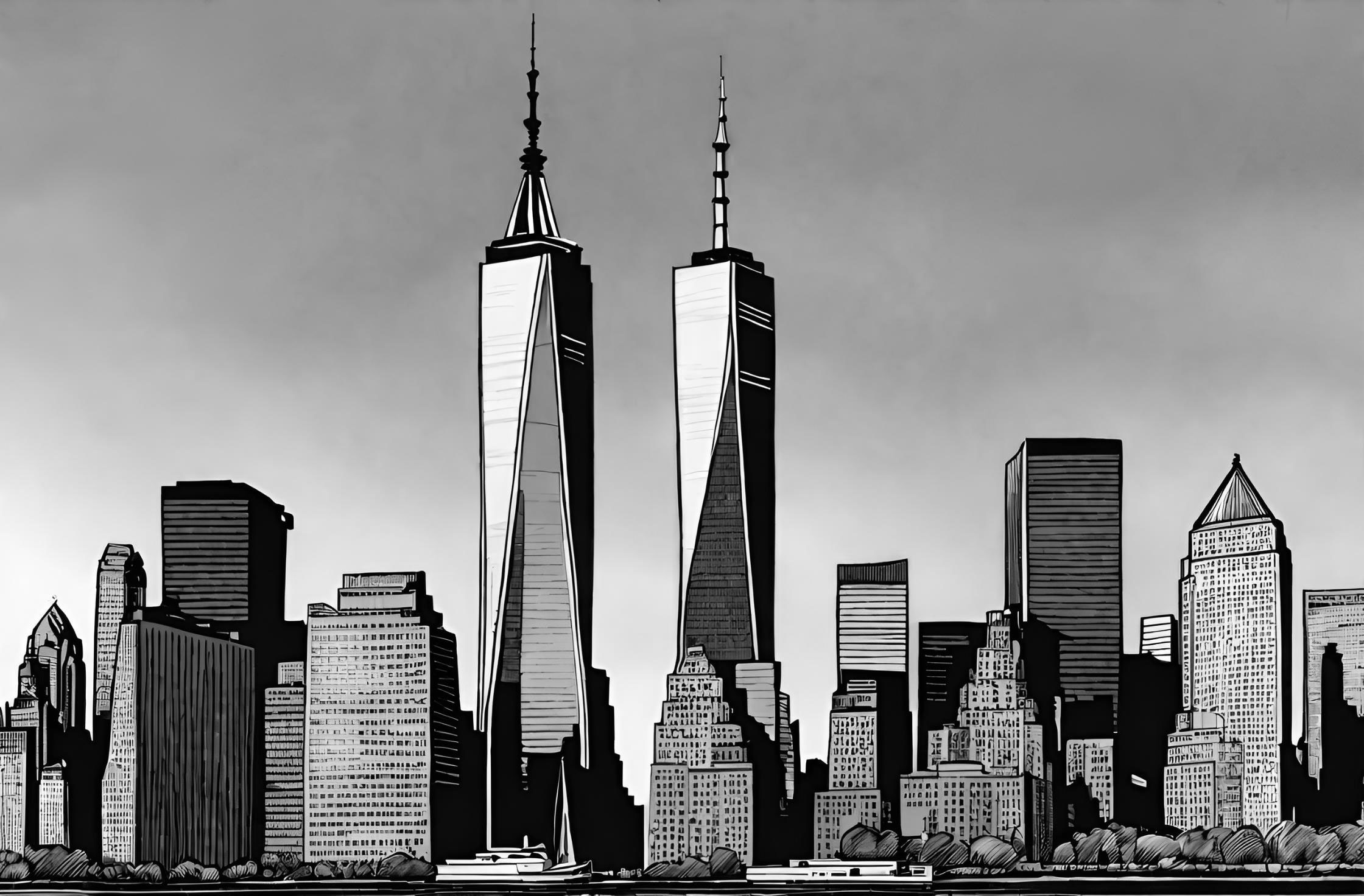Flashback to January 2
American History

On June 28, 2005, the world eagerly awaited the formal unveiling of the final design for Manhattan’s Freedom Tower. This event marked an important milestone in the reconstruction efforts following the devastating 9/11 terrorist attacks. The announcement generated significant excitement and anticipation, as it signaled the beginning of a new chapter for Lower Manhattan.
The Freedom Tower, officially known as One World Trade Center, was designed by renowned architect Daniel Libeskind. His vision for the tower aimed to both honor the memory of the lives lost and create an iconic symbol of resilience and strength.
The design featured a soaring glass tower, rising 1,776 feet above the ground – a height chosen to commemorate the year of America’s independence. The structure’s unique shape, with its distinctive spire, served as a powerful reminder of the Twin Towers that once stood tall on the same site.
The unveiling ceremony was held at Federal Hall, a historically significant location just steps away from Ground Zero. Numerous dignitaries, including then-New York City Mayor Michael Bloomberg and Governor George Pataki, attended the event. Their presence underscored the importance of the moment and the collective commitment to rebuilding and revitalizing Lower Manhattan.
During the unveiling, Daniel Libeskind expressed his hope that the Freedom Tower would become a symbol of hope and the enduring spirit of the American people. He emphasized the tower’s architectural significance and its role in reshaping the skyline of New York City. His words resonated with the audience, many of whom had personally experienced the tragedy of 9/11.
The final design of the Freedom Tower captured the attention of both the national and international media. News outlets worldwide covered the event, praising the tower for its boldness, symbolism, and architectural excellence. The design was heralded as a triumph of human resilience and a testament to the strength of the American spirit.
Construction on the tower began shortly after the formal unveiling, and it quickly became a symbol of hope and progress in the face of adversity. The rebuilding of Ground Zero was not just about physical structures but also about healing and moving forward as a community. The Freedom Tower embodied this spirit, and its construction served as a beacon of hope for New Yorkers and people around the world.
In addition to its symbolic significance, the Freedom Tower incorporated numerous sustainability features, making it an environmentally responsible structure. The tower was designed to achieve LEED Gold certification, showcasing a commitment to energy efficiency and reducing environmental impact. It featured efficient heating and cooling systems, advanced water conservation measures, and the use of recycled materials, among other sustainable practices.
The completion of the Freedom Tower in 2014 marked a monumental achievement in the revitalization of Lower Manhattan. It became an architectural marvel that drew visitors from around the globe, offering breathtaking views of the city and acting as a symbol of resilience and unity.
Today, the Freedom Tower stands tall as a reminder of the strength and determination of the American people. It is a testament to the power of design, symbolizing hope in the face of tragedy. As visitors gaze upon its magnificent structure, they are reminded of America’s unwavering spirit and the importance of coming together in the face of adversity.
The formal unveiling of the final design for Manhattan’s Freedom Tower on June 28, 2005, was a momentous occasion that represented a new beginning for Lower Manhattan. This architectural masterpiece has not only reshaped the skyline of New York City but has also become an enduring symbol of hope and resilience for all.
We strive for accuracy. If you see something that doesn't look right, click here to contact us!

